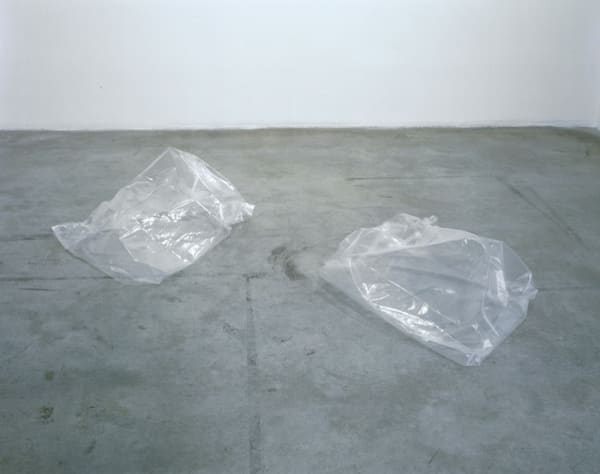IAN KIAER: THE GREY CLOTH: Tanya Bonakdar Gallery, New York
Tanya Bonakdar Gallery is very pleased to present ‘The Grey Cloth,’ the second solo exhibition of new work by Ian Kiaer, opening Thursday, March 31.
Ian Kiaer groups architectural models, untouched or slightly modified found objects and two-dimensional work to create complex compositions and poetic narratives. His work is layered with references to selected figures and concepts from the history of architecture, literature and social philosophy. Describing ideas and methods for the integration of man within society or environment, these arrangements inevitably provoke an atmosphere that is at once subdued, hopeful, tragic and romantic; the romance of the ideal, checked by the tragedy of the unattainable. As the vulnerable nature of the material suggests the impossible application of various utopian notions, the cerebral elegance of the compositions lends form to the dream. The geometric pattern of a radiator grill, or an irregular sheet of polystyrene foam take on the poetic structural randomness of the universe, a universe whose immensity is described by the diminutive scale and ultra-delicate nature of the work set with the much larger architectural spaces.
‘The Grey Cloth’ presents five new works inspired by a novel from 1914 of the same name written by the German architectural critic and writer Paul Scheerbart. Setting his novel in the mid-20th century, Scheerbart lays out a visionary work about glass architecture, but within the context of a human and irony-filled narrative that includes the personal suffering and megalomania of the story’s main characters. Within the year the novel was complete, Scheerbart had died of an infection in his legs, and the show touches on his illness, his looking into the future which is also symmetrically our past, a kind of fictionalized Modernism, and somehow, the difficulty of writing and thinking about visionary work.
In this show, Kiaer’s works wonderfully illustrate the parallel potential of form and content, as delicately multi-layered arrangements draw from equally dynamic and overlaid inspirational subjects: the writer’s own tragic life, his fictional novel, as well as the architectural theories of his time and his contemporaries. In various instances, a sick-bed or radiator is set in juxtaposition to plans, maps, half-worked canvases and various other arrangements, which suggest Scheerbart’s studio or laboratory, and specifically his working conditions while ill.



